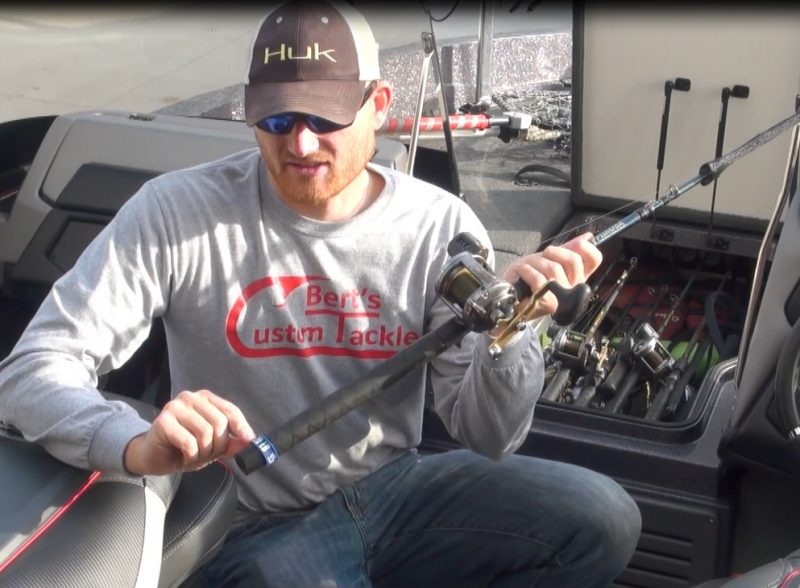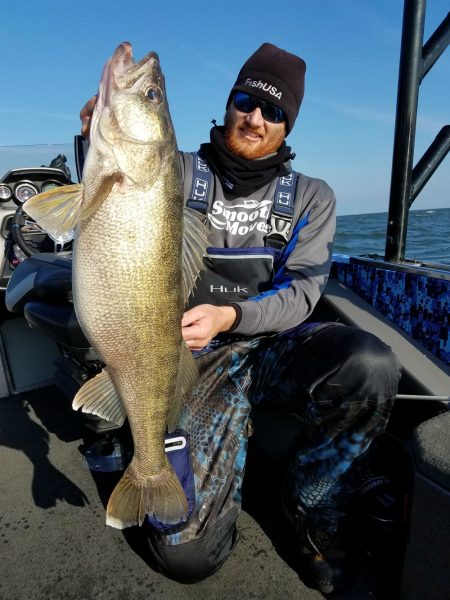Choosing a Trolling Line to Fit the Conditions
Ross Robertson 10.09.17

As anglers, we spend a lot of time debating over choosing the right rod or reel, but often overlook how line can affect us. Characteristics such as line stretch, diameter and abrasion resistance are huge factors, regardless of where you live or what species you target.

While line types meant for casting can be a little more subjective and specific to a variety of circumstances, trolling line can be broken down into four choices for my trolling needs. Yes, this is a list to simplify things, and it doesn’t include lines such as leadcore or wire that do have a time and place.
Planerboard/Flat Line trolling line: This is the type of line that sees the most use by the majority of anglers. A line diameter of .014 inches is typically what a majority of manufactures use to test the diving depth of crankbaits. This is also thick enough to provide good abrasion resistance in a premium fishing line. For me, this means 20-pound Sunline Super Natural.

Cranking Line: Very rarely will you hear someone say that their crankbaits are getting too deep. When in the heart of crankbait trolling, particularly when going slow during the cold-water months, a thinner diameter line will gain you several extra feet of diving depth. This may not sound like much, but less line out means quicker resets and less chance of losing a fish, let alone being able to get a lure to the depths fish are holding. Line in the .012 to .013 diameter range makes this possible. Sunline 16-pound Super Natural is my go-to, but if you’re serious about your fishing, then you won’t be disappointed by Sunline Defier 15- or 17-pound test.
Thin Braid: Full disclosure — I don’t use braided line unless I have to for trolling. The lack of stretch alone is enough to give me headaches as I relive memories of fish getting off near the boat. At times, however, no matter how much you like it or not, braid is a major advantage for getting more strikes. A thin-diameter trolling line can actually change your lure’s action, and most importantly get you significantly deeper due to significantly less drag. Sunline SX1 braid in 12- or 16-pound test will dramatically increase diving depths, just make sure to use a looser drag to help accommodate for the reduced amount of line stretch.
Thick Braid: At times, durability is needed, like when trolling trees tops or using diving devices such as Dipsy or Jet divers. The lack of stretch and thin but strong line allows releases to trip and diving depth to still be achieved. Look at a line Such as Sunline BX2 in 35-pound test, perhaps the best compromise of strength to diameter.
Regardless of how you fish, always keep in mind line diameter when shopping. Pound test is shaky territory, in general manufactures make it difficult to compare apples to apples. Sunline labels all of its lines by the IGFA breaking strength, which makes it much easier to shop and know if you need to go up or down in breaking strength.

Editor’s note: Capt. Ross Robertson (above) of Bigwater Guide Service and his crew provide educational guide trips for monster walleyes and smallmouth bass. The Bigwater team fishes ice-out to ice-up on the Great Lakes, spending the majority of the year on Lake Erie’s western and central basins.

